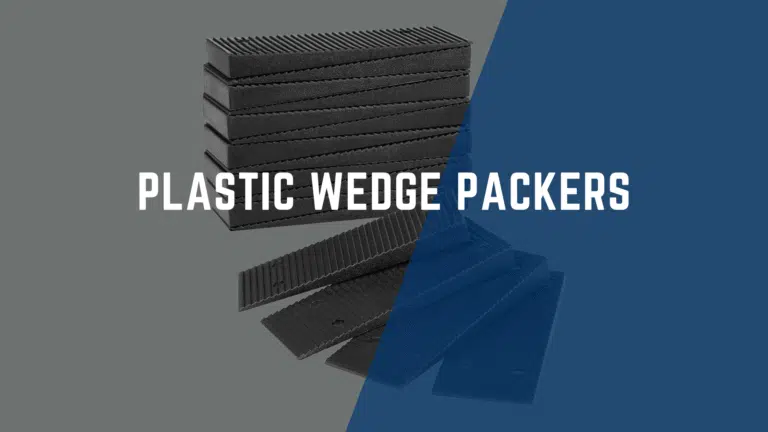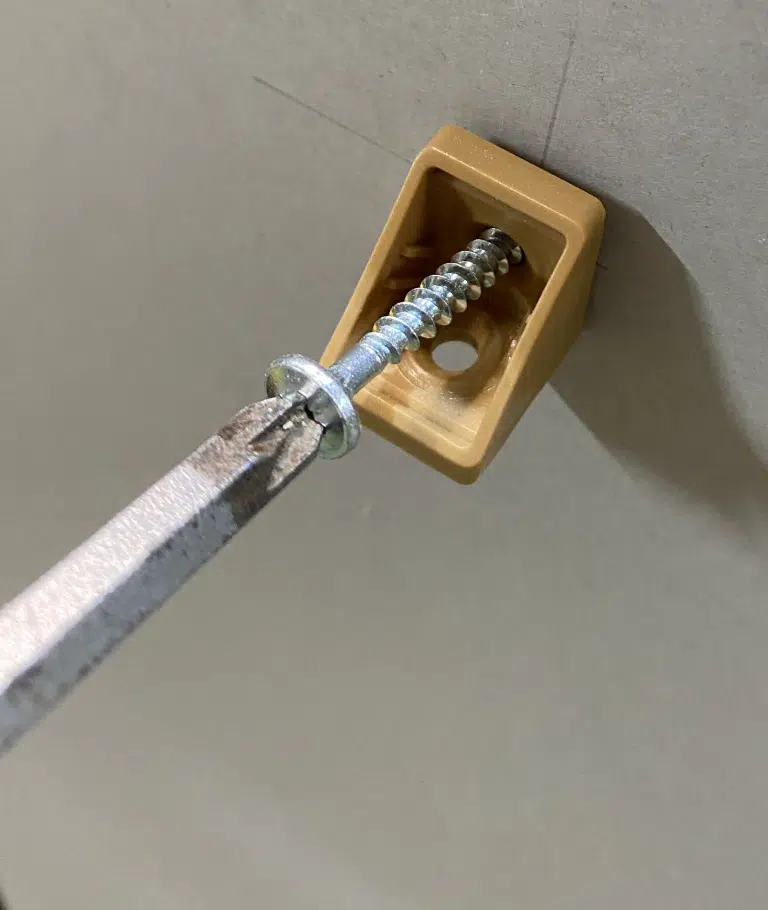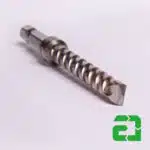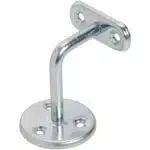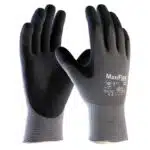Heavy-duty repairs require the right tools, and Tickitape Heavy Duty Cloth Tape 48mm x 50m is your best ally. This versatile tape is designed to tackle various fixing tasks, whether in the home, office, or on the go. By following these seven repair tips, you can maximise the effectiveness of your Tickitape, ensuring that your repairs are not only quick but also long-lasting. Dive into these crucial strategies that will help you make the most out of your tape and tackle any project with confidence.
Key Takeaways:
- Tickitape Heavy Duty Cloth Tape is 48mm wide and 50m long, providing ample length for various repair tasks.
- The tape is designed for maximum adhesion, making it ideal for repairing, sealing, or reinforcing surfaces effectively.
- This product is suitable for both indoor and outdoor use, ensuring versatility in various conditions and applications.
 Mastering Surface Preparation for Optimal Adhesion
Mastering Surface Preparation for Optimal Adhesion
Successful tape adhesion hinges significantly on the preparation of the surface to which it will be applied. Begin by ensuring that the surface is clean, dry, and free from any dust, oils, or debris. This will create an optimal environment for the Tickitape Heavy Duty Cloth Tape to adhere effectively. A well-prepared surface enhances not only the strength of the bond but also the longevity of your repair, making the effort you put into preparation well worthwhile.
Cleaning Techniques to Enhance Tape Performance
Utilising appropriate cleaning techniques can greatly improve the performance of your cloth tape. Start by wiping the surface with a lint-free cloth moistened with isopropyl alcohol or a mild detergent solution. Avoid using abrasive cleaners that could damage the surface, and always allow it to fully dry before applying your tape. Opt for a vacuum or brush to remove stubborn dust particles, ensuring a maximum adhesion area for your tape.
The Role of Surface Texture in Bonding
Surface texture plays a pivotal role in how well your tape bonds. Smooth surfaces may not provide adequate mechanical grip, while rough surfaces can enhance adhesion by offering texture for the adhesive to latch onto. For example, a textured wall surface might yield a stronger bond than a sleek plastic panel. Thus, considering the texture is key to achieving effective repairs with Tickitape.
The degree of surface texture you encounter can significantly influence how the adhesive interacts. When applying tape to a rough surface, the small peaks and valleys can create additional contact points for the adhesive, allowing it to hold more securely. In contrast, on a flat surface, the adhesive may lack sufficient points of contact, potentially leading to a weaker bond. It’s advisable to assess the surface before application and make adjustments wherever necessary, perhaps by roughening smooth surfaces slightly for better adhesion results.
Maximising Longevity: Best Practices for Application
To ensure your Tickitape Heavy Duty Cloth Tape lasts as long as possible, proper application techniques are crucial. Cleaning and preparing the surface beforehand can significantly enhance adhesion, thus prolonging the tape’s effectiveness. Always apply the tape without any gaps or bubbles, as these can lead to premature wear. Additionally, consider regularly checking the integrity of the seal and reapplying as needed to maintain optimal performance.
Temperature and Humidity Considerations
Environmental Factors
| Temperature Range | 10°C to 30°C is ideal for application. |
| Humidity Levels | Avoid applying in high humidity; below 75% is optimal. |
Techniques for Even Application and Pressure
For the best results, applying the tape evenly and with consistent pressure is key. You should press down firmly as you unroll the tape, ensuring that it adheres flat against the surface. Utilising a squeegee or a smooth object can help eliminate any air bubbles or wrinkles, which might compromise the tape’s hold. Take your time during this step to achieve a professional finish and maximise the tape’s effectiveness.
This technique involves working from one end of the tape and gradually moving to the other, maintaining a steady pressure. Always ensure your hands are clean and dry while handling the tape, as any oils or moisture can hinder adhesion. For larger repairs, cutting strips in manageable lengths allows for better control during application, minimising the risk of uneven surfaces. Taking these steps will enhance the tape’s longevity and performance in your repairs.
Troubleshooting Common Adhesion Issues
Adhesion problems can undermine the effectiveness of your repair, making it vital to identify and rectify any issues promptly. Factors such as surface cleanliness and tape application techniques play significant roles in achieving a strong bond. Inspect the surface for dust, grease, or moisture before applying the tape, as these elements can impede adhesion. Additionally, ensure that you apply adequate pressure when affixing the tape, as this action is vital for maximising contact and improving grip.
 Identifying and Resolving Air Bubbles
Identifying and Resolving Air Bubbles
Air bubbles can form during tape application, jeopardising its durability and overall look. To eliminate air bubbles, start at one end of the tape and gradually smooth it down with a firm, even pressure. If bubbles persist, use a pin to carefully puncture and release the trapped air, then press down again to seal the tape correctly.
Solutions for Tape Lifting at the Edges
If the tape begins to lift at the edges, it can lead to further deterioration of your repair job over time. This often results from insufficient pressure during application or inadequate surface preparation. To address this, clean the edges with isopropyl alcohol to remove any contaminants, then reapply the tape, ensuring you exert consistent pressure along the entire length to secure a stronger bond. Additionally, consider using a roller or squeegee to apply even pressure and prevent the edges from lifting in the future.
Should tape lifting at the edges persist, it may be beneficial to use a higher adhesive variant or consider overlapping the edges slightly when applying the tape. Establishing a smooth transition at the edges can greatly enhance durability, thus ensuring longevity for your repair. Always check the product specifications for compatibility with different surfaces and adjust your approach based on the conditions present.
Creative Uses Beyond Repairs
Embrace the versatility of Tickitape Heavy Duty Cloth Tape by exploring its creative applications beyond mere repairs. This tape can serve as a tool for organisation, decoration, or even as an unconventional artistic medium. You’ll find yourself utilising it for everything from securing items in your garage to creating unique wall art designs, making it a valuable addition to your toolkit.
Innovative Applications in Home Projects
Your home projects can significantly benefit from the uses of heavy-duty cloth tape. For instance, you can use it to arrange loose cables, create temporary fixtures, or even secure indoor plants to their pots. With a bit of imagination, the possibilities are endless, turning everyday challenges into straightforward solutions.
Crafting and DIY Enhancements with Heavy Duty Cloth Tape
Adding a touch of flair to your crafting and DIY projects is effortless with heavy-duty cloth tape. The vibrant colours and strong adhesive of Tickitape can enhance your creations, whether you are making personalised gifts, decorating furniture, or crafting unique home decor. Its robustness ensures that your projects not only look appealing but also maintain their durability over time.
Maintaining Your Repair for Durability
To ensure the longevity of your repair, proper maintenance is vital. Regularly inspecting the area where the Tickitape Heavy Duty Cloth Tape has been applied can prevent further deterioration and prolong its effectiveness. Keep the surfaces clean and dry, and consider reapplying tape if you notice any signs of wear or weakening adhesion.
Regular Inspection and Maintenance Tips
Regular inspections can significantly enhance the durability of your repair. Look out for peeling edges, discolouration, or any signs of moisture infiltration. Addressing these issues promptly can prevent them from escalating. Other maintenance tips include:
- Wipe down the taped area consistently to remove dirt and debris.
- Check for any loose ends that may need re-sealing.
- Assess the effectiveness after heavy use or exposure to elements.
Any delays in addressing these signs could lead to more extensive damage.
 Storage Recommendations for Extended Shelf Life
Storage Recommendations for Extended Shelf Life
Storing your Tickitape Heavy Duty Cloth Tape correctly can significantly extend its shelf life. Keep the tape in a cool, dry place, away from direct sunlight and extreme temperatures. Ideal storage conditions include maintaining a temperature range between 15°C to 25°C. Additionally, ensure the tape is sealed securely in its original packaging or a similar protective container to prevent dust and moisture from affecting its adhesive quality.
To wrap up
Hence, utilising the 7 Tickitape Heavy Duty Cloth Tape effectively can significantly enhance your repair projects. By ensuring proper surface preparation, applying consistent pressure during application, and allowing adequate curing time, you can maximise the tape’s strength and longevity. Keep your repairs tidy and secure by also cutting the tape neatly and avoiding overstretching. With these crucial tips, you can achieve optimal results in your repairs, making the most of your Tickitape for every task at hand.
FAQ
Q: What are the main uses of the 7 Tickitape Heavy Duty Cloth Tape?
A: The 7 Tickitape Heavy Duty Cloth Tape is designed for a variety of applications, including repairs on clothing, tents, tarps, and other fabric items. It can also be used in arts and crafts, and for general household repairs where a strong adhesive is needed. Its durable nature makes it suitable for both indoor and outdoor use.
Q: How strong is the adhesive on this tape?
A: The adhesive used in the 7 Tickitape Heavy Duty Cloth Tape is exceptionally strong, providing a long-lasting bond that can withstand stress and movement. It is designed to adhere well to various surfaces, making it ideal for heavy-duty repairs. However, it is advisable to ensure the surface is clean and dry for optimal bonding.
Q: Is the 7 Tickitape Heavy Duty Cloth Tape waterproof?
A: Yes, the 7 Tickitape Heavy Duty Cloth Tape is water-resistant, allowing it to endure exposure to moisture without losing its adhesive properties. This feature makes it an excellent choice for outdoor repairs, including those on camping gear and other equipment that may come into contact with water.
Q: Can the tape be painted or written on?
A: Yes, the 7 Tickitape Heavy Duty Cloth Tape can be painted over if you wish to blend it with your project. Additionally, it is possible to write on the surface; however, it is advisable to test any writing instrument on a small section first to ensure compatibility and prevent smudging.
Q: How do you remove the tape once it has been applied?
A: To remove the 7 Tickitape Heavy Duty Cloth Tape, gently peel it off from one end, taking care not to pull too forcefully, which could damage the underlying surface. If you find that it leaves any adhesive residue, a solvent such as isopropyl alcohol or a gentle adhesive remover can help clean it off effectively.

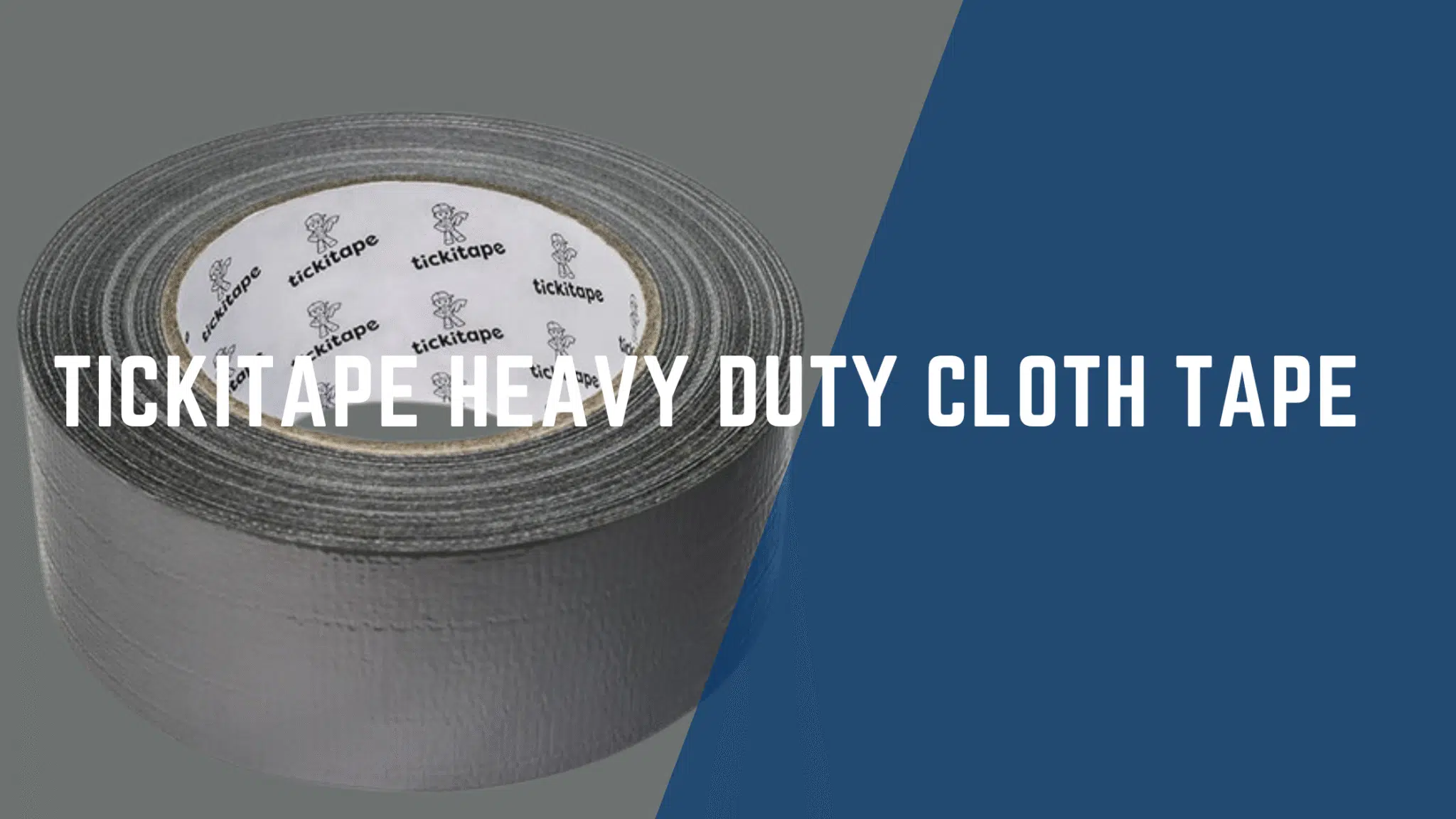
 Mastering Surface Preparation for Optimal Adhesion
Mastering Surface Preparation for Optimal Adhesion Identifying and Resolving Air Bubbles
Identifying and Resolving Air Bubbles Storage Recommendations for Extended Shelf Life
Storage Recommendations for Extended Shelf Life
